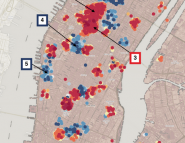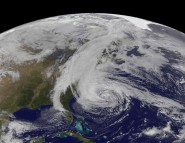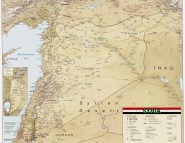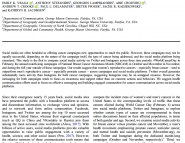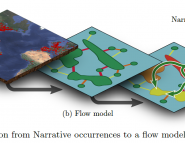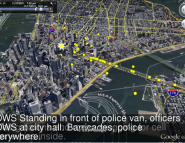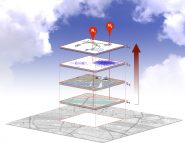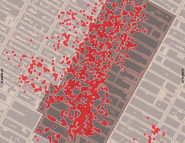Posted: June 1, 2012 at 11:33 am, Last Updated: January 27, 2017 at 3:31 pm
We have just finished a paper entitled ‘Social Media and the Emergence of Open-Source Geospatial Intelligence’ for Socio-Cultural Dynamics and Global Security. For those interested below is the abstract:
The emergence of social media has provided the public with an effective and irrepressible real-time mechanism to broadcast information. The great popularity of platforms such as twitter and YouTube, and the substantial amount of content that is communicated through them are making social media an essential component of open-source intelligence. The information communicated through such feeds conveys the interests and opinions of individuals, and reveals links and the complex structure of social networks. However, this information is only partially exploited if one does not consider its geographical aspect. Indeed, social media feeds more often than not have some sort of geographic content, as they may communicate the location from where a particular report is contributed, the geolocation of an image, or they may refer to a specific sociocultural hotspot. By harvesting this geographic content from social media feeds we can transfer the extracted knowledge from the amorphous cyberspace to the geographic space, and gain a unique understanding of the human lansdscape, its structure and organization, and its evolution over time. This new-found opportunity signals the emergence of open-source geospatial intelligence, whereby social media contributions can be analyzed and mined to gain unparalleled situational awareness. In this paper we showcase a number of sample applications that highlight the capabilities of harvesting geospatial intelligence from social media feeds, focusing particularly on twitter as a representative data source.
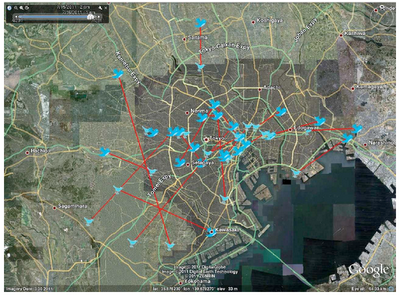
Selection of geolocated pairs of tweeters and retweeters in Tokyo at the time immediately
following the Sendai earthquake
Full reference:
Stefanidis, A., Crooks, A.T., Radzikowski, J., Croitoru, A. and Rice, M. (2014), Social Media and the Emergence of Open-Source Geospatial Intelligence, in Murdock, D.G., Tomes, R. and Tucker, C. (eds.), Human Geography: Socio-Cultural Dynamics and Global Security, US Geospatial Intelligence Foundation (USGIF), Herndon, VA, pp. 109-123. (pdf)

